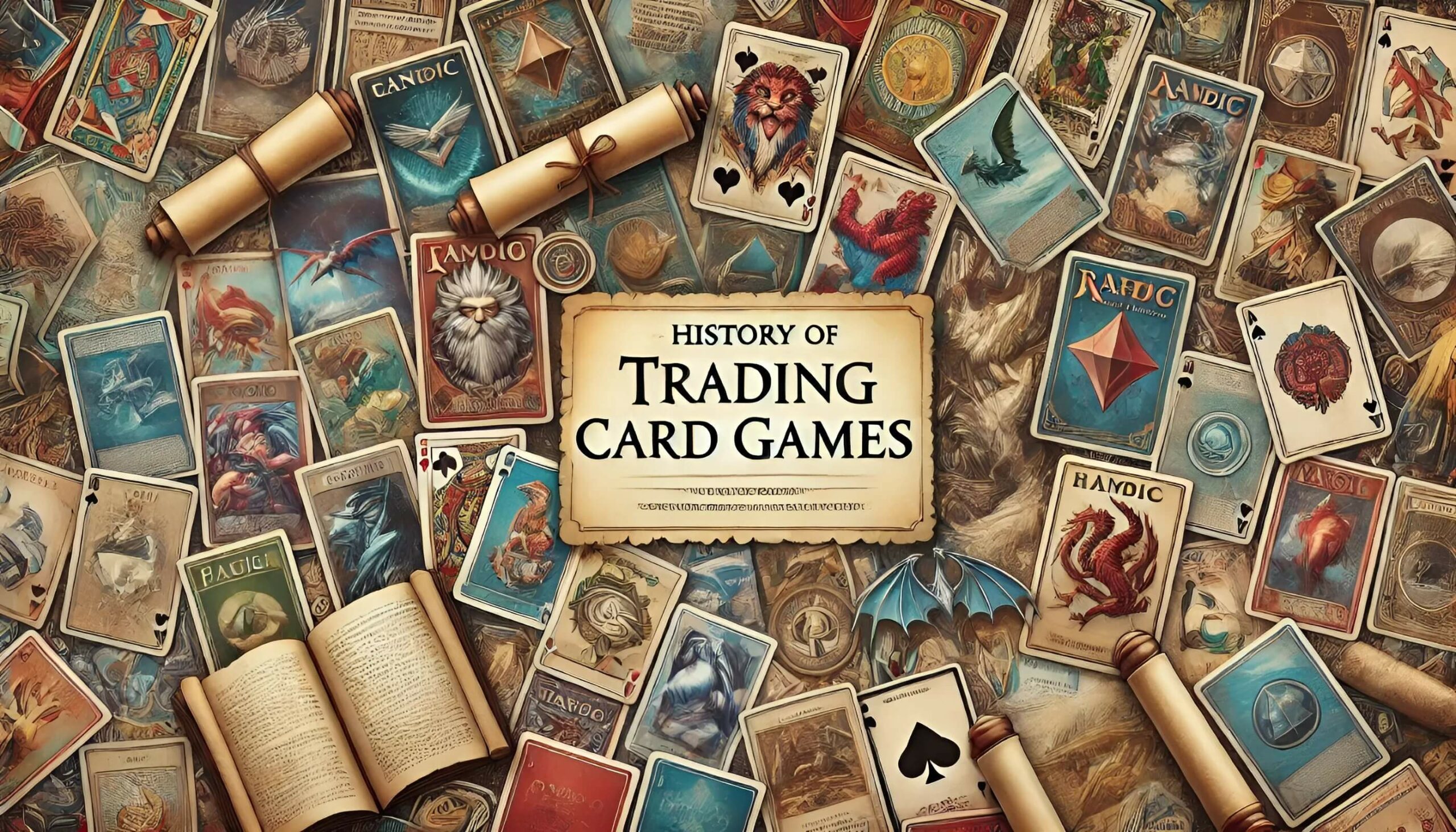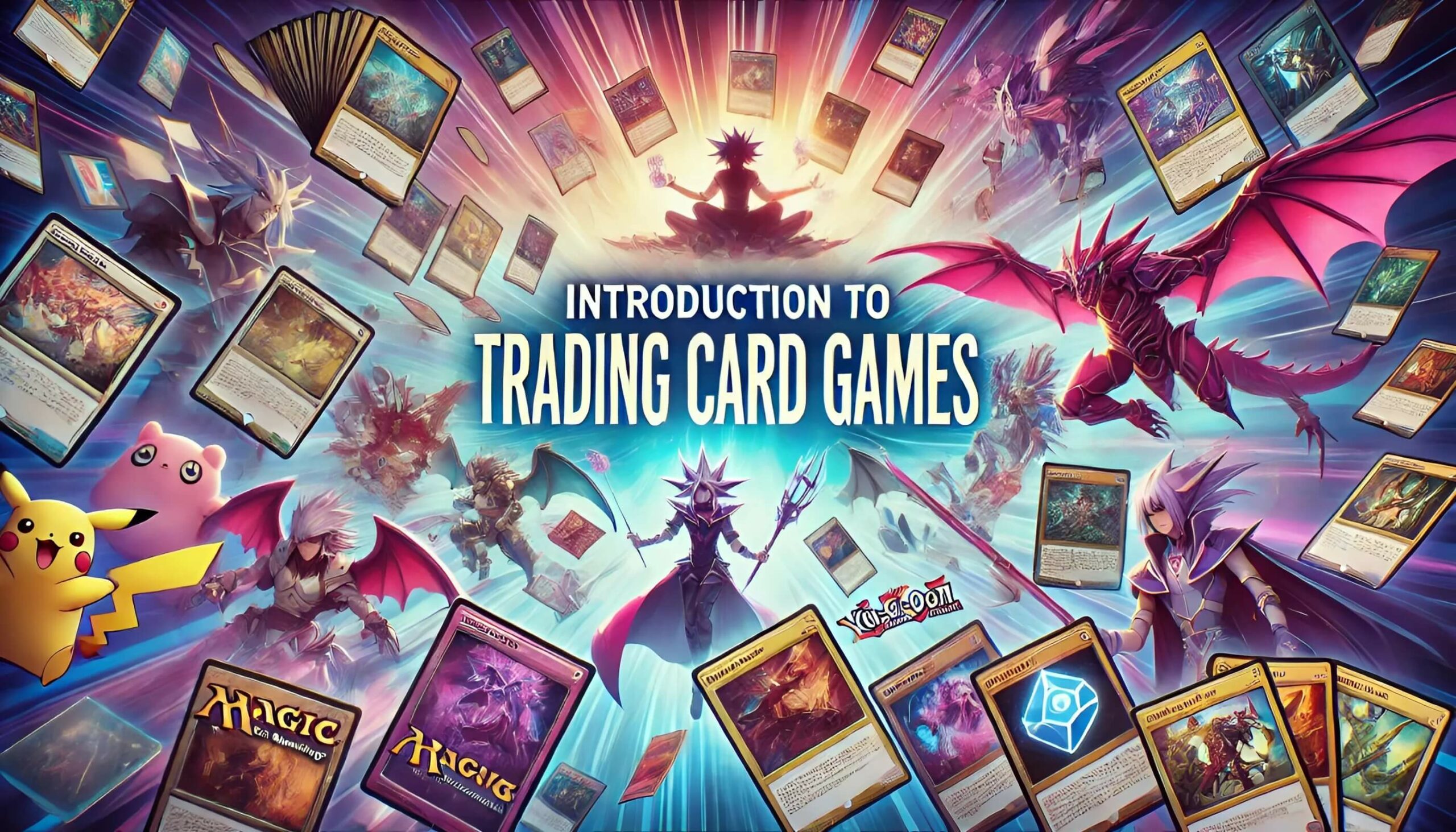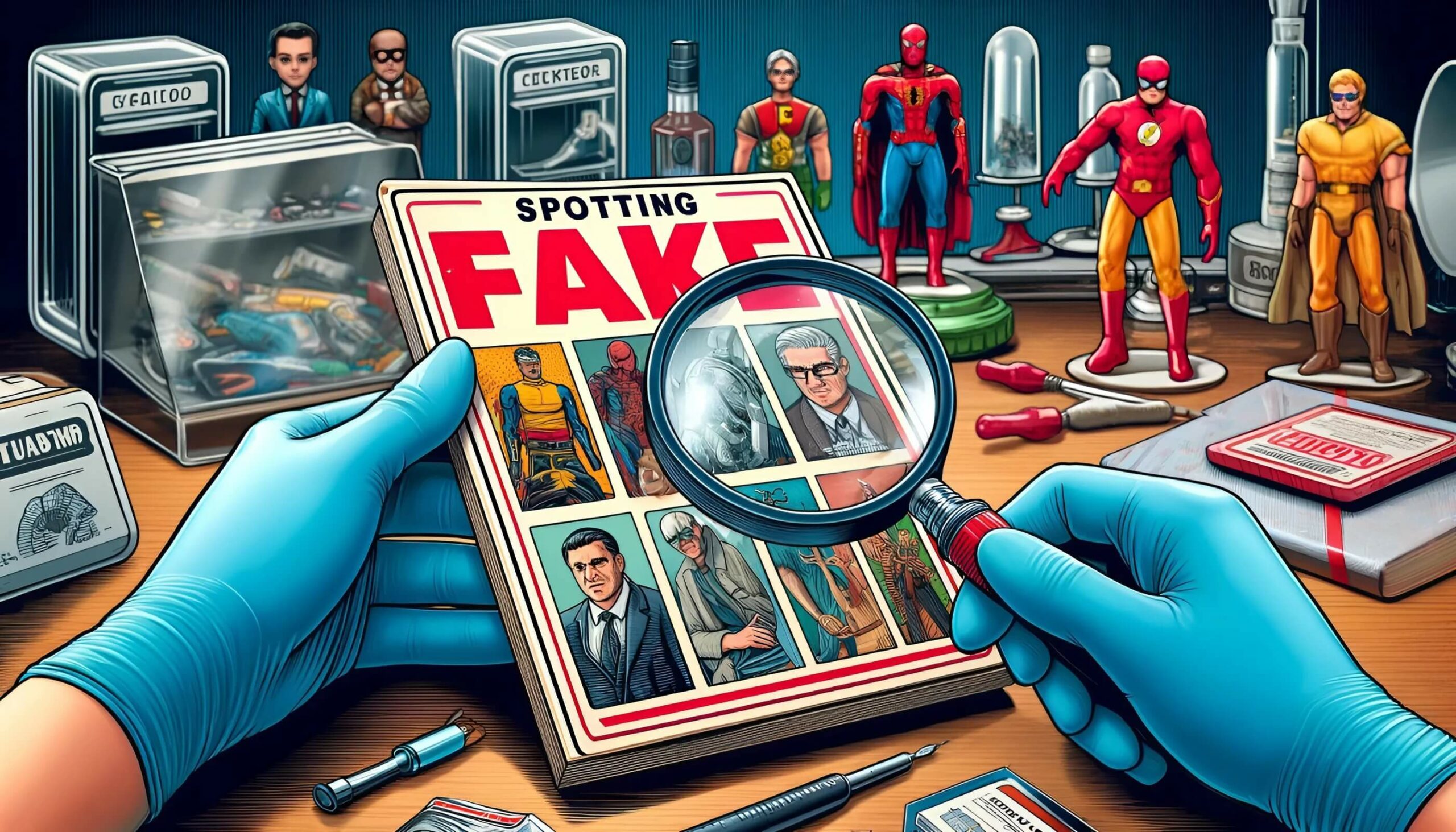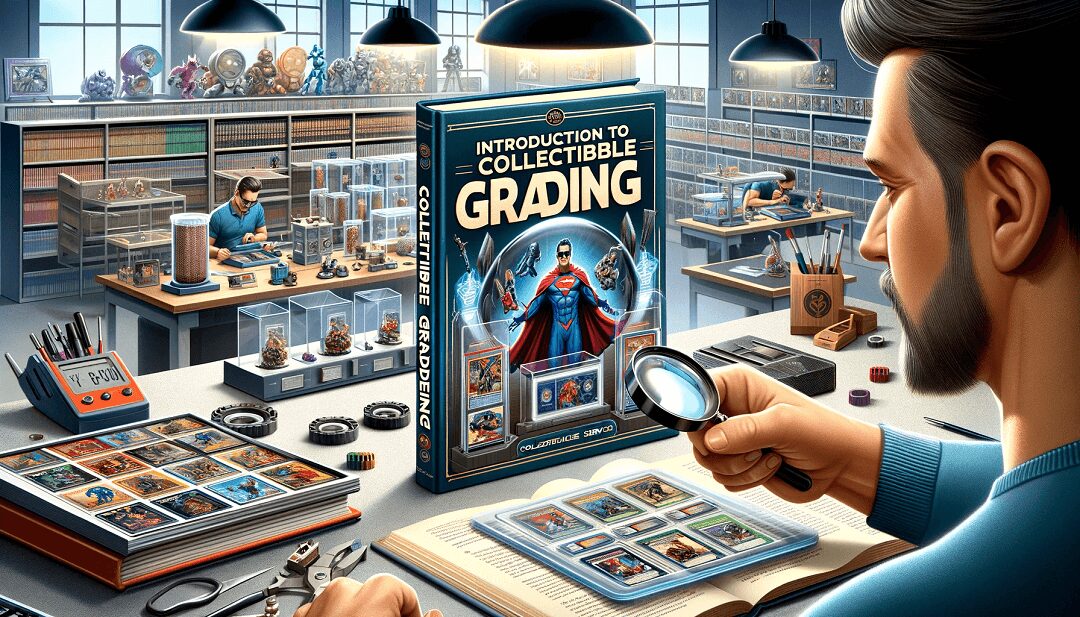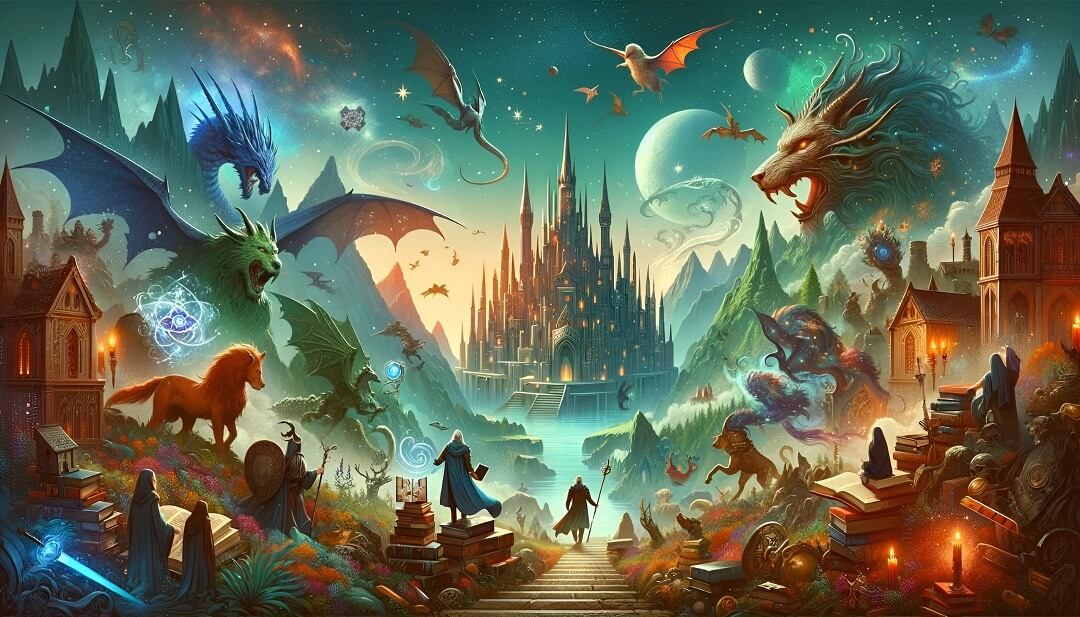Trading card games (TCGs) have a fascinating history that spans several decades. They have evolved from simple collectibles to complex games enjoyed by millions worldwide. This article will take you through the origins and evolution of trading card games over the years.
The Beginnings of Trading Card Games
The history of trading card games begins in the early 1990s. Before TCGs, collectible cards were mainly used for sports and entertainment. The idea of using cards in a game was revolutionary.
- Magic: The Gathering: The first true trading card game was Magic: The Gathering, created by Richard Garfield and published by Wizards of the Coast in 1993. Magic introduced the concept of collectible cards used in a strategic game. Players would buy booster packs to build their own unique decks, adding a level of customization and strategy. Learn more about trading card games here.
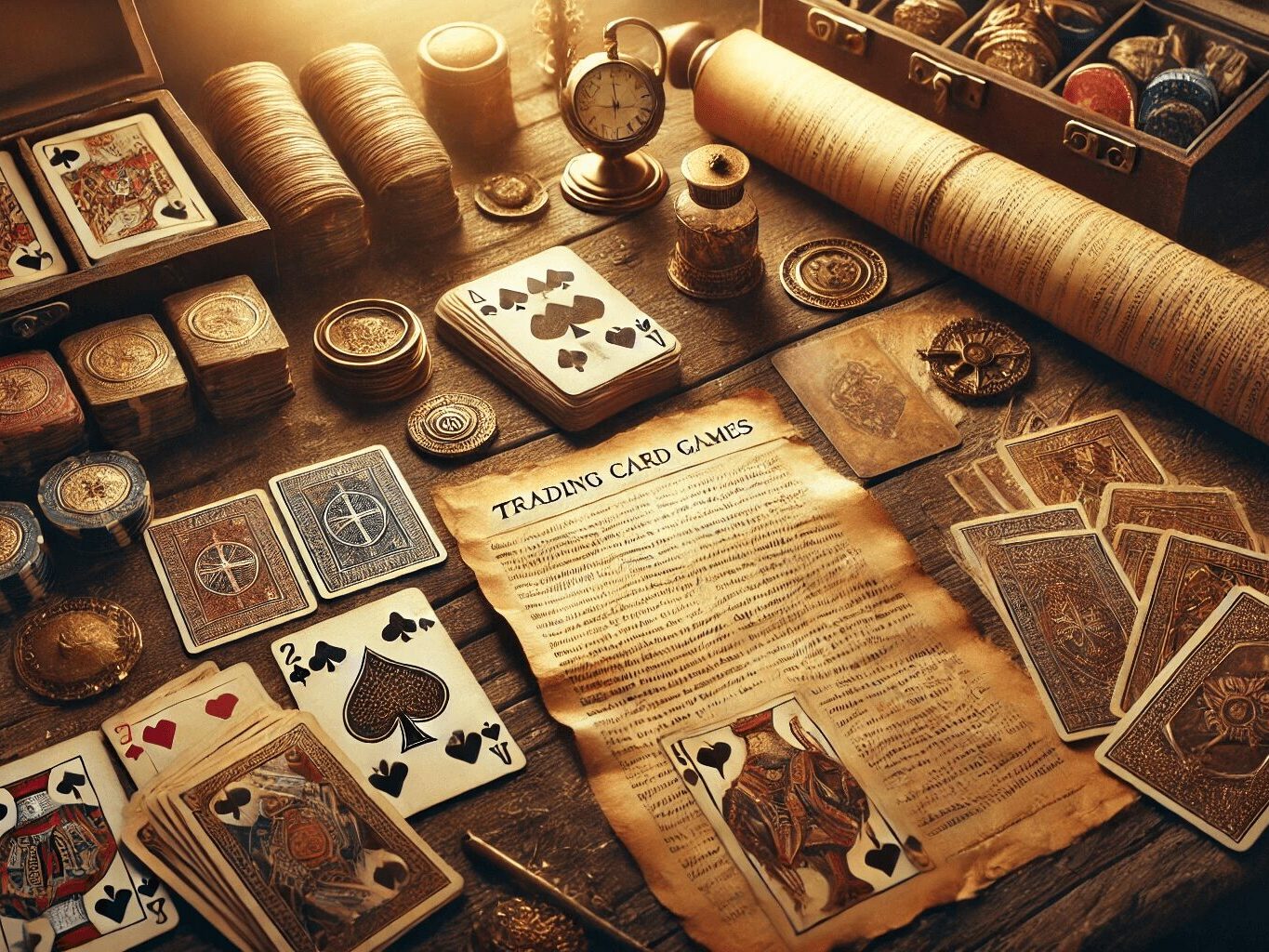
The Rise of Popular Trading Card Games
Following the success of Magic: The Gathering, several other trading card games emerged, each bringing something unique to the table.
- Pokémon Trading Card Game: Launched in 1996 by Media Factory in Japan, the Pokémon TCG quickly became a global phenomenon. Players used Pokémon creatures to battle each other, mirroring the mechanics of the popular video games. The Pokémon TCG introduced many young players to the world of trading card games. Check out Pokémon TCG products to start your collection.
- Yu-Gi-Oh!: Based on the manga series by Kazuki Takahashi, the Yu-Gi-Oh! TCG was released in 1999. It featured unique gameplay mechanics involving summoning monsters and using spells and traps. Yu-Gi-Oh! became extremely popular, especially among younger audiences. You can find Yu-Gi-Oh! cards and accessories online.
- Digimon Card Game: Launched in 1999, the Digimon Card Game allowed players to battle using their favorite Digimon creatures. It tapped into the popularity of the Digimon franchise and became a beloved game for many fans.
Evolution and Expansion
As trading card games gained popularity, they continued to evolve and expand. New games introduced innovative mechanics, and existing games updated their rules and card sets to keep players engaged.
- Magic: The Gathering Innovations: Magic has continually evolved since its inception. The game introduced new card types, mechanics, and formats. Sets like “Mirrodin,” “Ravnica,” and “Zendikar” brought fresh themes and strategies to the game. Magic: The Gathering starter kits are a great way to dive into this evolving game.
- Digital Trading Card Games: With the rise of the internet, digital versions of trading card games emerged. Games like Hearthstone by Blizzard Entertainment and Magic: The Gathering Arena brought TCGs to a new platform, allowing players to compete online. This expansion made trading card games more accessible and convenient.
The Cultural Impact of Trading Card Games
Trading card games have had a significant cultural impact. They have brought people together, created communities, and influenced other media.
- Community Building: TCGs have fostered strong communities both locally and online. Players gather at local game stores, tournaments, and conventions to play, trade, and share their passion for the game.
- Influence on Media: Many TCGs have expanded into other forms of media. For example, Pokémon and Yu-Gi-Oh! have successful TV shows, movies, and video games. These media adaptations have introduced new fans to the TCGs and kept existing fans engaged.

Trading Card Games Today
Today, trading card games continue to thrive. They have become a beloved hobby for people of all ages. New games are still being developed, and classic games remain popular.
- Modern Innovations: New TCGs like Flesh and Blood and KeyForge have introduced innovative mechanics and gameplay styles. These games show that the genre is still evolving and attracting new players.
- Sustainability Efforts: As environmental concerns grow, some companies are making efforts to produce eco-friendly cards and packaging. This movement towards sustainability reflects a broader trend in the industry.
Conclusion
The history of trading card games is rich and diverse. From the groundbreaking release of Magic: The Gathering to the digital innovations of today, TCGs have come a long way. They offer a unique blend of collecting, strategy, and social interaction that continues to captivate players around the world. Whether you are a new player or a seasoned collector, the world of trading card games has something to offer everyone. Dive into this exciting hobby and discover the joys of trading card games for yourself. For a basic overview of trading card games, check out our introduction to trading card games.
